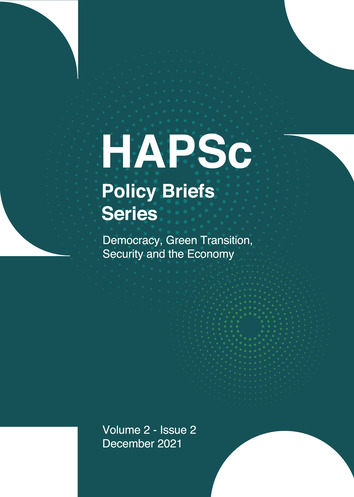Public-Private Partnerships (PPPs): Potential Impacts and Critical Success Factors

Abstract
In recent years, PPPs have been increasingly used to implement projects and provide public services. The governments have made the necessary legislative and financial efforts in order to promote PPPs, given the need to acquire know-how from the private sector and the advantages they bring to the public sector and the citizens. However, the use of PPPs should be carefully planned as, in addition to the wider social and economic impacts, failures and negative results have been observed. This article attempts to present the main characteristics of PPPs, cite their possible impacts and quote their critical success factors in order to make PPPs more beneficial for the involved parties and the citizens.
Article Details
- How to Cite
-
Nasios, G., & Foradoula, N. (2021). Public-Private Partnerships (PPPs): Potential Impacts and Critical Success Factors. HAPSc Policy Briefs Series, 2(2), 65–73. https://doi.org/10.12681/hapscpbs.29519
- Section
- Articles

This work is licensed under a Creative Commons Attribution 4.0 International License.
Authors retain copyright and grant the journal right of first publication with the work simultaneously licensed under a Creative Commons Attribution License that allows others to share the work with an acknowledgement of the work's authorship and initial publication in this journal.


